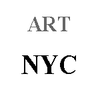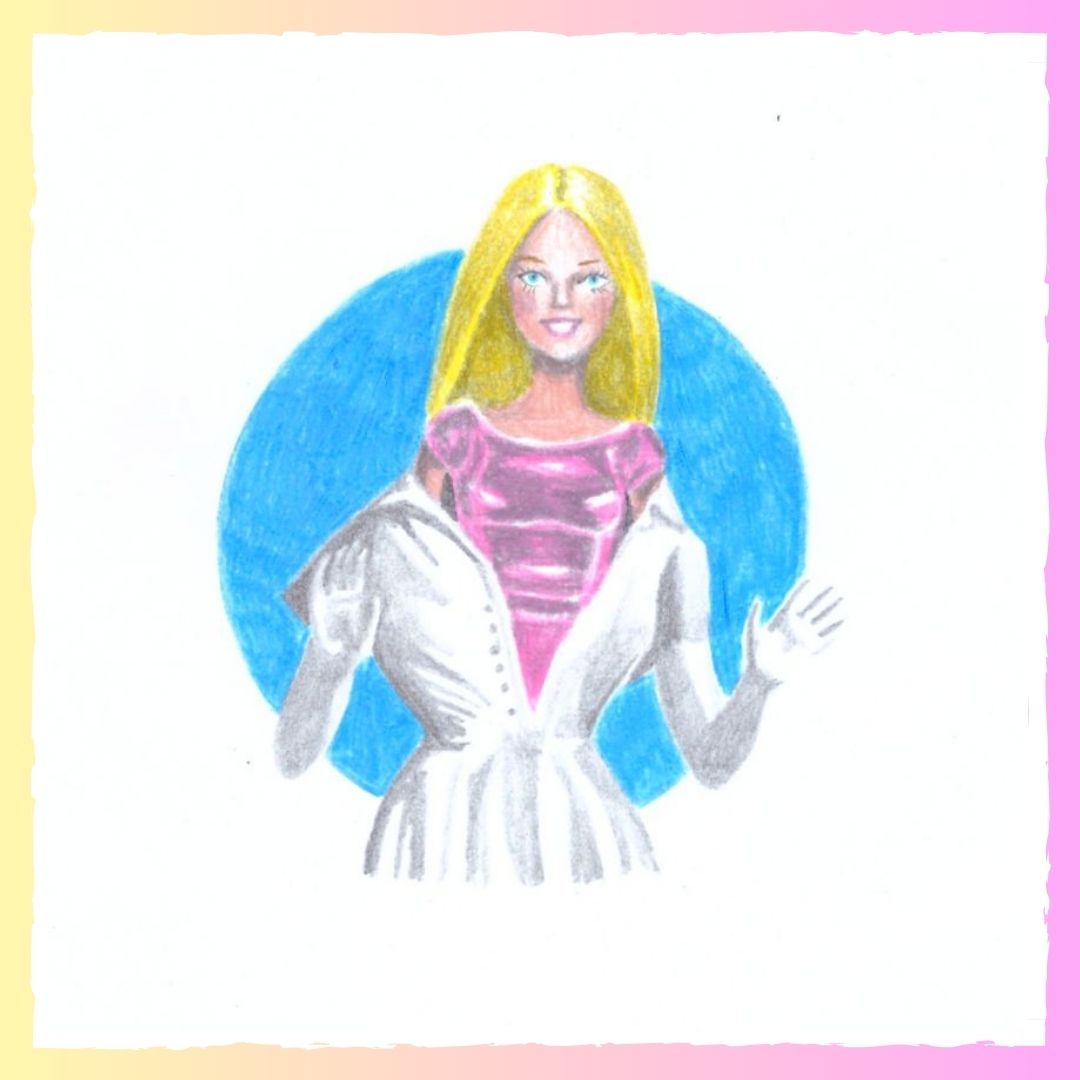

I have always been fascinated by Medieval Bestiaries, their insertion of any element in a flat, ornamental, framed background, and the use of bright and luxurious colors, in stark contrast to the fact that the Middle Ages are considered a “Dark Era.”















I have always seen medieval iconography as a powerful narrative. Capable of enchanting through images and communicating depth without having to resort to the third dimension. Its simplicity continues to move me without losing its effectiveness.
I have always been fascinated by the Bestiaries' ambition to collect all human knowledge without bothering to separate it from what is magical or fantastic: alongside the snake and the horse, there are the griffin and the unicorn.
It may seem curious to compare the Bestiaries to today's encyclopedias of knowledge. But if you compare their language to the graphics we are continually exposed to (through cell phones, computers, and televisions), they might seem much more understandable and close.
The bombardment of images—of certain images—accustoms the gaze to a certain type of vision. The lexicon of colors in the Apps and in media iconography refers to an early childhood palette: shock pink, highlighter yellow, pastel blue—the colors of play, joy, and lightheartedness. Another chromatic legend, this one, contrasts with the climate of our historical period.
The setting of television programs and advertisements impose a sudden passage of information of a highly heterogeneous nature: next to the news on the war between Russia and Ukraine, there is an advertisement for the best cat kibble; after an episode of crime news, there is some gossip about a celebrity. There is a report on the victims of the Israeli-Palestinian conflict followed by an advertisement on holidays in the Maldives; an activist publishes some content on the environmental disaster next to which there is an App for online shopping at rock-bottom prices; there is a documentary on the great History of the Mediterranean while the news of yet another shipwreck scrolls below on the title bar.
These are just a few examples of this information assembly line.
This Bestiary collects a series of creatures spawned by man's relationship with the Media. Just as medieval fantastic creatures reassemble parts of different animals into a single body, so the creatures of the Media Bestiary are made up of different and contradictory messages captured by news broadcasts, zapping, advertising, and Social Media in the space of a few minutes, using the same colors and graphics of the most popular Apps.
The normalization process is a phenomenon that makes certain concepts normal - that is, acceptable and shared - through repetition and inflation, through icons, words, and recurring images. That is, through media bombardment. There is a lot of talk about the normalization of violence. Still, we should also start reflecting on the normalization of happiness, representing the other side of the coin. Behind the bright colors, the clothes sales, the dream holiday, the photo with a thousand views there is the promotion of happiness seen as the only standardized individual purpose. Promotions and platforms seem to say: “It's okay! We need to be happy!”. But the happiness they propose is "normalized" happiness, which ignores violence, denies it, and places itself on a pedestal, far from people's most intimate desires, far from the bitter contrasts that reality continually places in front of us.




















